The laundry room is one of the smallest yet important rooms in a building. It is one of the rooms that help complete the house to make it a valid house. A building without a laundry room is like a person wearing a cowboy hat without boots. It is never complete.
Over the years, the issue of where to position the laundry room has been a matter of discussion. People no longer install their laundry appliances in the basement, rather they prefer their washer and dryer to be installed either in the kitchen, second floor, and many more.
Having your laundry appliances on the second floor is not a problem as long as the building in which you live is equal to the task. But, before you install these laundry appliances, there are second-floor laundry room requirements you need to meet before you can be able to do so successfully.
These second floor laundry room requirements are important to avoid you telling stories that touch the nearest feature. Different areas or municipals have different laundry requirements, if you are not certain with yours, you can contact your local authority for more information or contact a licensed professional plumber to give you more tips.
Moreover, you must know that second floor laundry room has several advantages as well as disadvantages. To me, both the disadvantages and advantages are the same.
There is more of the disadvantages than the advantage but the good news here is that the disadvantages of second floor laundry room can be managed. It is something that if you take note of or put into consideration, you may not experience any of them, or manage them so it doesn’t affect you.
Table of Contents
Second Floor Laundry Room
The second floor laundry room is the room located on the second floor of a building where the laundry appliances are installed and where one can do his or her laundry.
Just like when the laundry room is situated either in the basement or elsewhere, the second floor laundry room still houses all those appliances such as a washer and dryer, hampers, hoses, and many appliances that will help to do your laundry.
Second Floor Laundry Room Requirements
Below are the lists of second floor laundry room requirements you must follow:
1. Get a Permit from your Locals
The first second floor laundry room requirement you must fulfill when installing a washer and dryer on the 2nd floor of your building is to get a permit. It can be a building permit or installation permit. Some municipals or States require you to get a permit before you install a washer and dryer, so try and enquire if your municipal requires you to get one.
2. The Location of the Laundry Room
The next second floor laundry room requirements is the location where the laundry room is on the second floor. Is it close to the children’s room? Or close to your bedroom? You need to consider the position of the room before installing your laundry appliances on the second floor.
The reason is because of noise. It is even better the laundry is closer to your bedroom than your children’s bedroom because the noise will keep waking them up anytime they are asleep and decide to wash. In all, the laundry should not be close to the bedroom because of the noise.
3. Second Floor Laundry Ventilation Requirements
You are required by law you ensure that there is enough ventilation going in and out of your second floor laundry room. This is because laundry generates a lot of heat and moisture. If there is no enough ventilation to keep the room in order, there will be a serious problem. Therefore, you are required by law, irrespective of your location to ensure that there is enough ventilation coming inside the laundry room. You can install an exhaust fan in your laundry room, to give room for more air circulation.
You can use a galvanized aluminum pipe or aluminum pipe. The ones the won’t rust. Or you can contact a local plumber to enquire the one that is best suitable for your second-floor laundry room.
4. Get a Braided Stainless Steel Hoses
Rigid metal is recommended to be used for the ventilation hose to minimize the build-up of lint. If you allow enough air in your laundry room, it will help cool down the machine immediately after it is used. It will also help prevent fire in the laundry room. Get a braided stainless steel hose that is water pressure tested and use to avoid stories that touch.
5. The Entrance of your House and Staircase
Of what use will it be if you purchase a washer and dryer that cannot pass through the building entrance door. Whether the door is at the back or in the front, you are required to ensure that the laundry appliances you are buying can pass through these doors.
Now since your laundry room is on the second floor, how will you carry the appliances to the second floor when they cannot bypass the staircase? You need to have a width of 45 inches to enable you to do a 90 degree turn when moving the appliance upstairs.
6. The Laundry Room Door
Since moving the laundry appliance to the second floor is not the problem, what if after you moved the appliance to the second floor then you realize that they can’t fit into the laundry room door, what will you do? You are required to take note of your laundry room door before buying any washer and dryer so you don’t end up buying one that cannot enter the laundry room.
7. Space Requirements for the Laundry Appliances
This is where it gets interesting. You are required by law to ensure that adequate spaces are given to your laundry appliances. If you wish to understand this more, you can read our post where we explained the washer and dryer space requirements. This is important because whether the laundry room is on the second floor or not, the same rule applies. You need to know the width of your laundry appliance, especially the washer and dryer before you know the space to give them. I suggest you read the article.
8. Floor Drain is Required
While many of you may not know, a floor drain is very important in the laundry room. So ensure that there is a floor drain which should require a primer line. The job of the primer line is to direct water into the C-trap of the drain, which in turn creates a seal that will keep sewer gasses from backing up into your home.
9. Flood Prevention is Required in the Second Floor Laundry Room
Flooding can be a very bad experience for laundry rooms that are on the second floor. The fact that the laundry room is on the second floor means that it is close to the bedrooms.
Trust me, you don’t want a situation whereby you will come home to notice that water from the laundry room has spoilt lots of things in your house.
For that reason, you are mandated to get flood prevention appliances and follow the procedures to ensure you never experience such. The flood prevention means are written a subheading in this article so keep reading.
Pros of Having Laundry Room in the Second Floor
Having a laundry room on the second floor will help reduce the rate at which you go up and down while using the laundry room. Since the room is located on the second floor where you are always at, it will be easier for you to enter and come out at any time
Second floor laundry room helps eliminate the use of hampers in the bedroom. Instead of having the hampers in the bedroom, since the laundry is on the 2nd floor, the same floor your room is, you don’t have to leave the hampers in your bedroom anymore. You can easily have it in the laundry room because you can easily assess the room without going downstairs. This will help create lots of space in your room.
Since the laundry is on the second floor, it will make it easier for you to always do the laundry. You can do it at any time, any day unlike when it is downstairs. You may feel adamant to do the laundry because you don’t have the strength to be moving up and downstairs.
Cons of Having Laundry Room in the Second Floor
Noise from the washing machine can very uncomfortable. Imagine doing laundry when your kids are in the next room sleeping. The noise can wake them up and if the child is still a baby, you may have to abandon everything you are doing to put him to sleep again. The only way to manage this problem is to get a washer and dryer that doesn’t make more noise and ensure the laundry room is not next to the children’s room.
Vibration from the washer and dryer can be very uncomfortable as well. In fact, you need to make sure your building is equal to the task before allowing such vibration. If the building is too old, the vibration is not too good because the washer must vibrate anytime you use it. Therefore, the vibration can be very disturbing as well. You can get a Washer anti-vibration anti walking pads from Amazon to minimize the risks
During the summer, you may not like to always do the laundry because it makes it hotter on the second floor. For you to reduce the hotness, you will keep running the air conditioner which will, in turn, increase your electric bills
What if there is a flood in the laundry room? This is bad because if the flood occurs. It might enter other rooms in the second building and destroy things. Though this can be managed. Below are some of the ways you can prevent floods in your second floor laundry room.
How to Prevent Floods in Second Floor Laundry Room
Here are how you can prevent flood in your second floor laundry room:
- Braided Stainless Steel Hoses: As I said before, braided stainless steel hoses are the best to use for all laundry rooms, but most especially, the second-floor laundry room. This is because these hoses are water pressure tested; meaning that the possibility of its bursting because of the pressure of the water is low. You can get the K&J Premium Stainless Steel Washing Machine Hoses Burst Proof from Amazon.
- Water Shot-Off Vale: Amongst other things you need to have in your second-floor laundry room is the water shut-off valve. This will help you to easily turn off the water supply when the washing machine is not in use. Doing this will help ensure that there is no flooding in the laundry room.
- Install an Electronic Valve Shut-Off: Electronic valve shut-off is another means to prevent flooding in the laundry room. What this will do is that it will automatically shut off the water when the valve sensor dictates a leek or flooding from the washer.
- Adding a leak detector is another means you can quickly take care of the flood from the laundry room before it damages something. A leak detector will inform you when a leak occurs. Some leak detectors such as Zircon Leak Alert WiFi can send you an email alert when it detects flooding in the laundry room. The alert will help you make quick action before the flood damages other things in the house.
- Install your Washing Machine in a Drain Pan: This is another means to minimize flooding in the laundry room. The drain pan will make sure that anytime there is an overflow of water from the machines, it will go down the machine down to the drain pan. Because a pipe is attached to the drain pan, the water is now channeled out of the laundry from the pipe. Isn’t this a very good idea?
Final Thoughts
It is better to ensure you meet all the second floor laundry room requirements to avoid stories that touch. The requirements are for your own sake, to ensure your safer and the safety of your entire house while using the appliances in the laundry room. Ensure to follow all the flood prevention remedies to ensure you are safe. Do not risk it because doing so won’t be anybody’s fault but your fault.

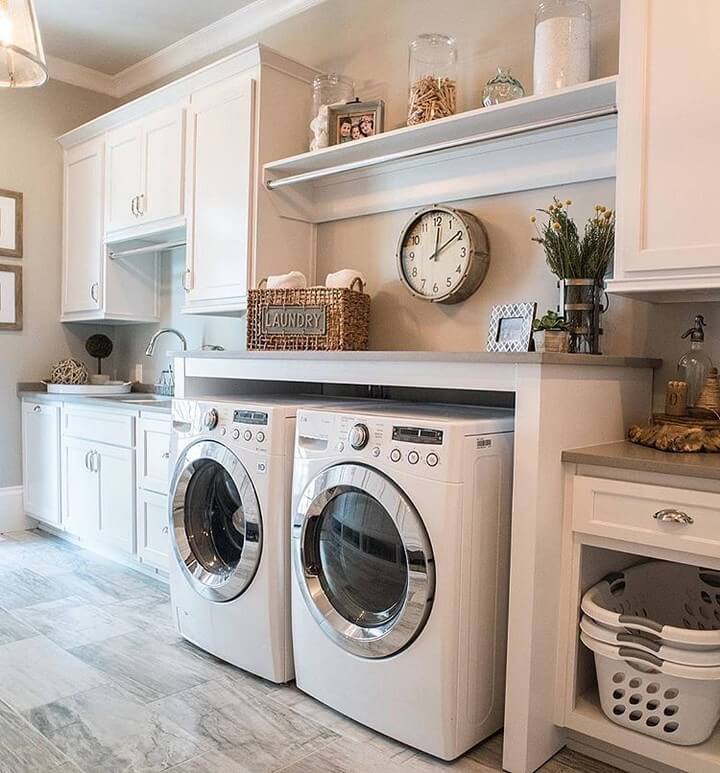
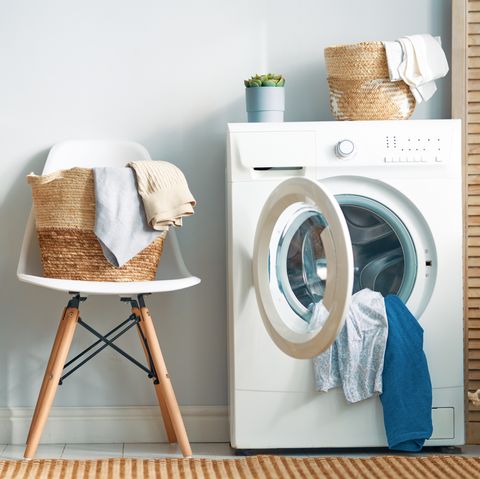

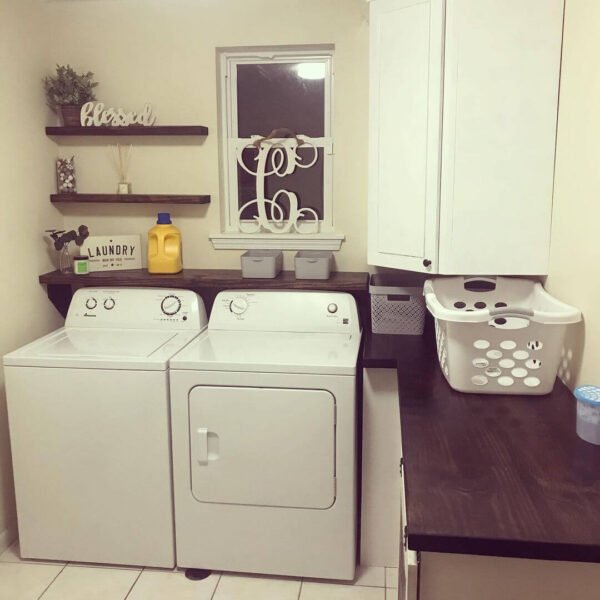
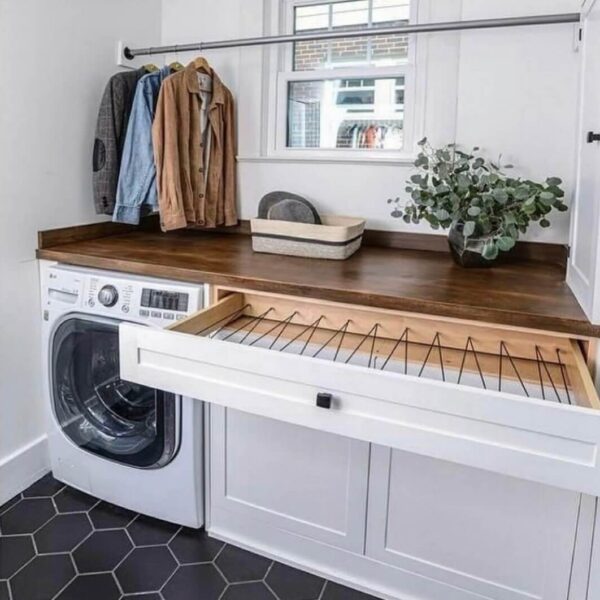
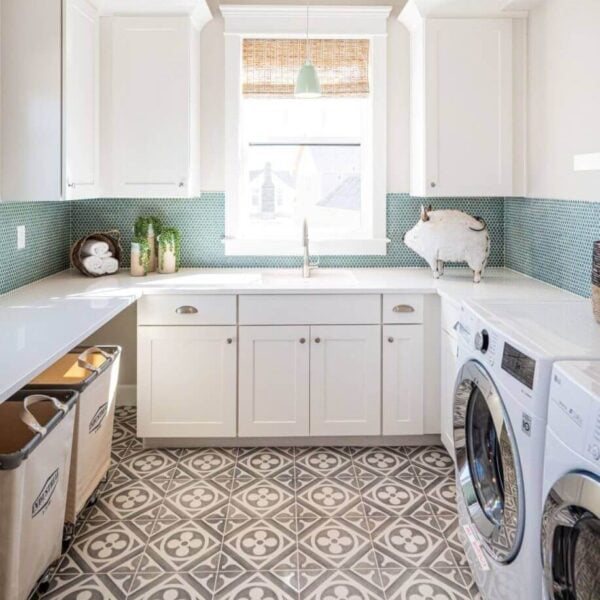
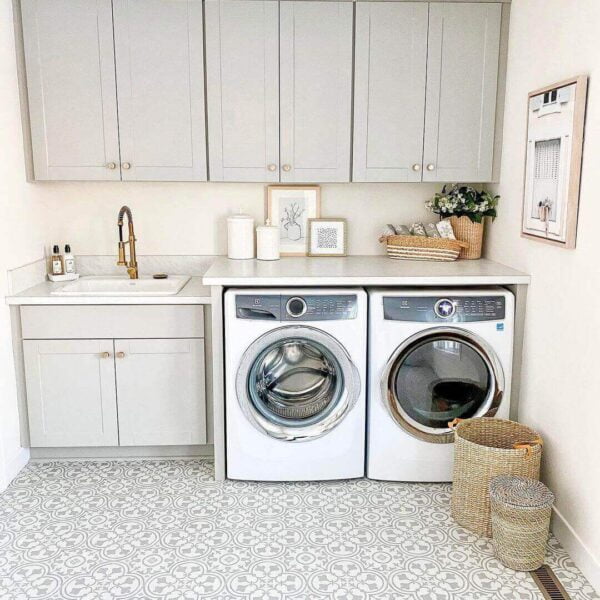
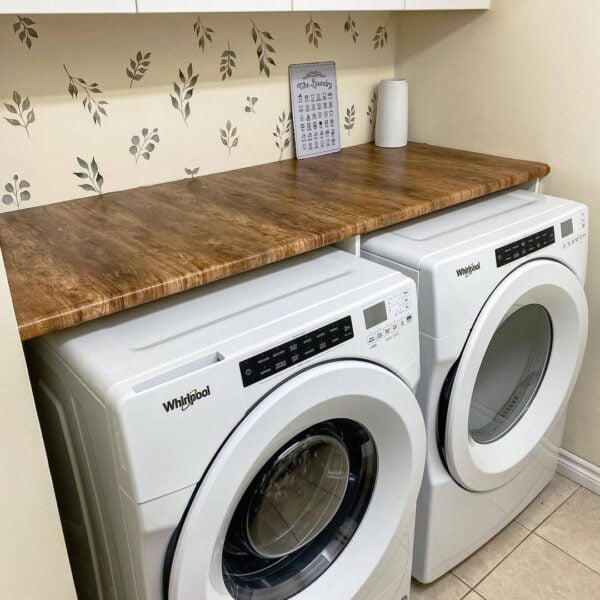
Leave a Comment